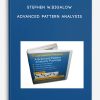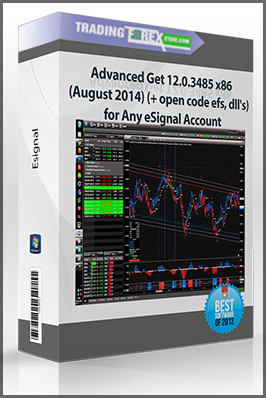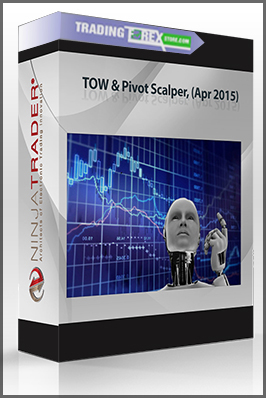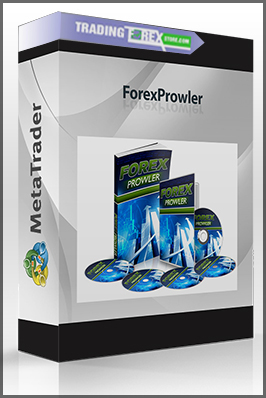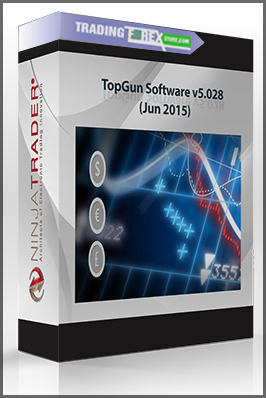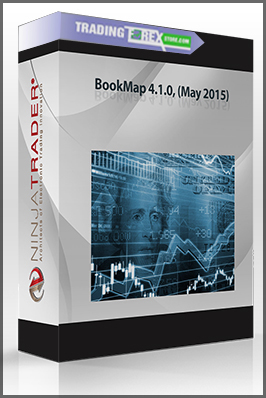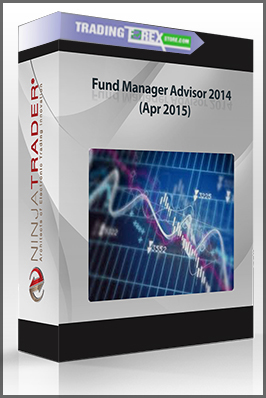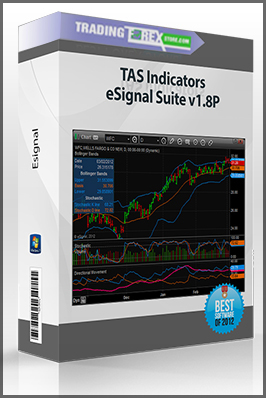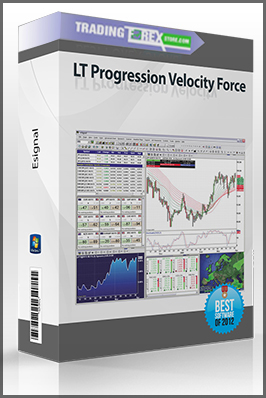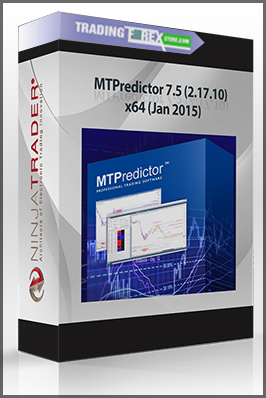The Complete Guide To Futures & Commodities Trading by Stephen Jennings
$12.00
Product Include:
File size:
- Description
Description
The Complete Guide To Futures & Commodities Trading by Stephen Jennings
**More information:
Get The Complete Guide To Futures & Commodities Trading by Stephen Jennings at bestoftrader.com
Descritpion
“Complete Guide to Futures & Commodities Trading”
4 CD’s
7 hours and 12 minutes of detailed instruction
Stephen Jennings, a 15 year veteran in the futures trading arena, a private trader in his own right, and a licensed futures broker with a large Private Investment Bank and Equities and Futures Brokerage walks you through all you need for this asset class.
This course is based on Stephens “three keys to success“…
Quality research to identify high quality opportunities and consistent low volatility rates of return.
Use of a variety of trading and risk management strategies covering a carefully selected range of commodity markets and stock index futures to achieve capital protection and profit goals.
Use of a rational analysis methodology based on objective statistics applied to exploitable market inefficiencies.
The full course includes…
AN INTRODUCTION TO FUTURES
The important features of a futures contract.
How to break down futures codes.
What each of the major Exchanges offer.
About margins and what they mean to you Long and short trades.
Types of orders.
How to construct an order.
FUTURES MARKET OVERVIEW
What influences commodity prices.
How to evaluate price pressures.
Commodity production analysis.
Commodity consumption analysis.
FUTURES TRADE OPPORTUNITIES
Seasonality.
Annual Price Cycles.
Seasonal Pegs.
Trade Timing.
Unique Trading Strategies.
ADVANCED TRADING OF FUTURES
Commodity spreads.
How to pick a winning spread.
How to reduce risk by using spreads.
Types of spreads.
How to trade spreads.
Forex Trading – Foreign Exchange Course
Want to learn about Forex?
Foreign exchange, or forex, is the conversion of one country’s currency into another.
In a free economy, a country’s currency is valued according to the laws of supply and demand.
In other words, a currency’s value can be pegged to another country’s currency, such as the U.S. dollar, or even to a basket of currencies.
A country’s currency value may also be set by the country’s government.
However, most countries float their currencies freely against those of other countries, which keeps them in constant fluctuation.




